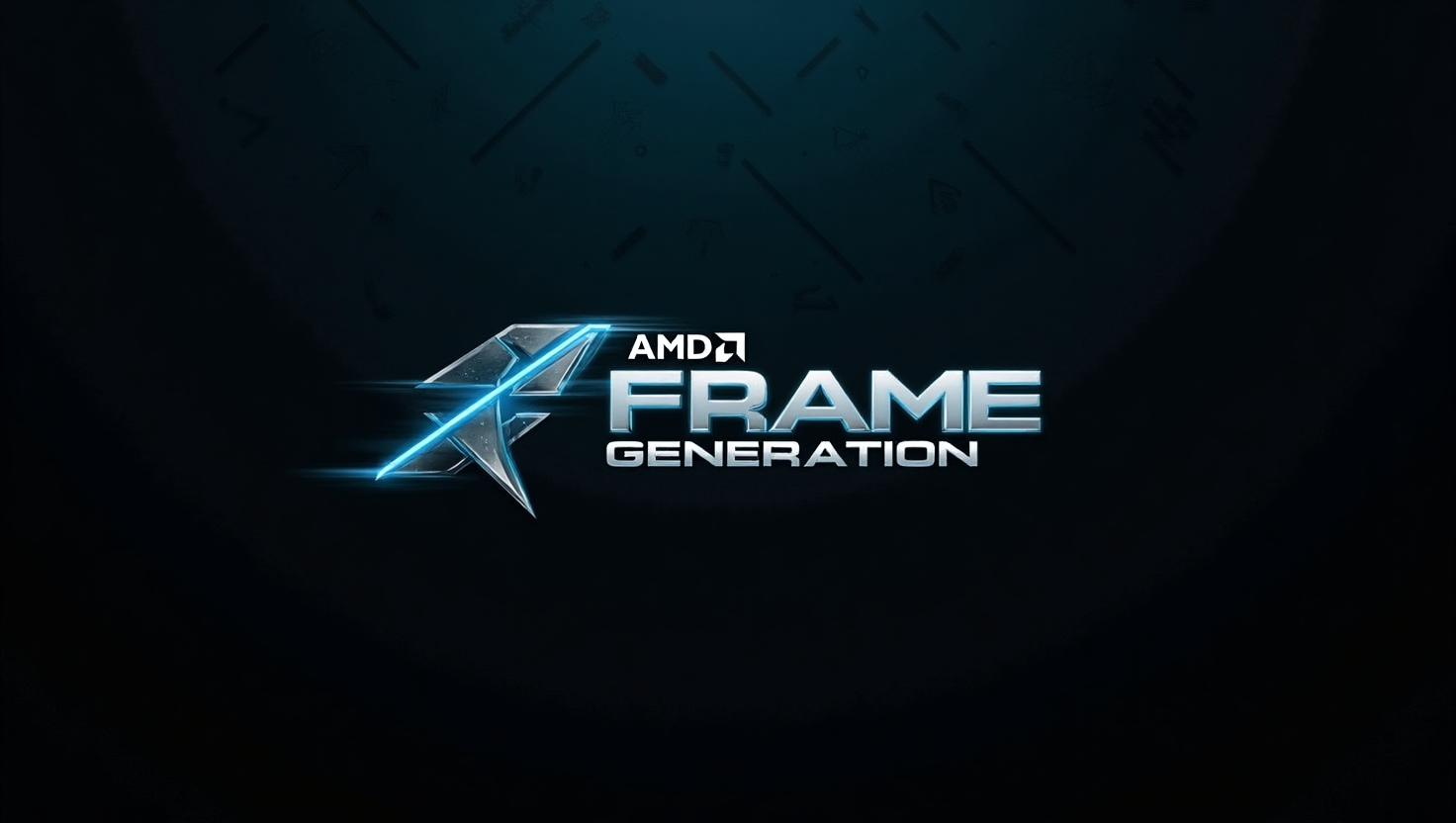AMD Frame Generation: Revolutionizing Gaming Performance
Introduction to AMD Frame Generation
In the increasingly competitive world of gaming technology, AMD has once again leapfrogged expectations with its innovative Frame Generation technology. At the heart of this transformation is the AMD Frame Generation, a game-changing feature designed to amplify gaming performance and elevate the user experience for Radeon GPU enthusiasts. This technology leverages advanced algorithms to generate additional frames, ensuring smoother gameplay and reducing instances of stuttering, enabling gamers to achieve a fluid, seamless experience in even the most graphically demanding scenes.
Traditionally, gamers have relied on powerful hardware to deliver high frame rates, but AMD Frame Generation is redefining this paradigm. By generating intermediate frames between actual rendered frames, it provides a superior solution without necessitating expensive hardware upgrades. This development positions AMD not just as a hardware provider but as a pivotal contributor to gaming innovation.
Fast Motion Response: A Game Changer
Arguably the most exciting component of this new technology is the Fast Motion Response mode. In intense gaming scenarios, rapid movements can often result in motion blur, which detracts from the gaming experience. Fast Motion Response proactively tackles this issue, allowing for incredibly smooth transitions during fast-paced gameplay sections. Imagine the action during a crucial match in a first-person shooter—this technology ensures that every movement is crisp and precise, offering what can be described as a real-time response to player input.
Not unlike how automatic transmissions in cars provide a seamless driving experience by selecting the optimal gear, Fast Motion Response automatically optimizes frame transitions to diminish blurriness. It’s a strategic innovation that undoubtedly gives AMD a leg up in the competitive gaming technology market [^1].
The Role of AMD Fluid Motion Frames
Complementing Fast Motion Response is AMD’s renowned Fluid Motion Frames technology. This component plays a crucial role in enhancing frame generation, using sophisticated algorithms to synthesize additional frames between existing ones. This process allows for smoother transitions and improved image quality, akin to turning the pages of a book rapidly yet clearly. The technology’s ability to reduce lag while preventing screen tearing underscores its value in amplifying gaming performance. With Radeon GPUs, gamers experience these enhancements firsthand, witnessing the fluidity of motion that drastically improves gameplay immersion.
Comparing AMD Frame Generation with Competitors
AMD Frame Generation doesn’t exist in a vacuum—it’s entering an arena dominated by heavyweights like NVIDIA’s DLSS and Intel’s latest offerings. While NVIDIA’s DLSS utilizes deep learning to upscale lower-resolution images, AMD’s approach with Fluid Motion Frames offers an alternative without the need for AI-driven processing. This strategy offers a more hardware-agnostic solution, broadening its accessibility. Similarly, though Intel has shown marked improvements with its processor technology, AMD firmly secures its place by focusing on frame generation, a key area of interest for gamers who prioritize visual fidelity over resolution alone.
Real-World Applications of AMD Frame Generation
Gamers globally are beginning to report tangible improvements in performance since adopting AMD Frame Generation on Radeon GPUs. Whether in esports or open-world adventures, users find that the enhanced frame rates and reduced motion blurring contribute to an experience almost as if the borders between gaming and reality are being blurred. This real-world feedback supports AMD’s commitment to delivering superior gaming quality, echoing the optimism expressed during the technology’s launch.
Conclusion: The Future of Gaming Technology with AMD
AMD Frame Generation is a testament to how far gaming technology has come, and more importantly, where it’s headed. As AMD continues to refine its Fluid Motion Frames and Fast Motion Response technologies, the implications for gamers are immense. Not only will gamers enjoy an unprecedented level of smoothness and clarity, but future iterations are poised to push the boundaries even further. This progress signals a promising era where frame generation technologies could set new standards for gaming, placing AMD firmly in the limelight as a pioneer among its peers.
In conclusion, as we look towards this dynamic future, one thing is clear: AMD Frame Generation is more than just a technological advancement—it’s a revolution in gaming performance that sets the stage for what’s to come.
[^1]: \”Source 1\” – https://www.pcgamesn.com/amd/afmf-fast-motion-response


😍😍😍😍
Wow, nice write up dude!